Bringing back life to a boy in a deep coma due to prolonged cardiac arrest due to drowning
"It's truly an unbelievable miracle. For the past few days, my whole family has been sitting on hot coals. I thought I had lost my child, but now seeing him sitting and talking like this is truly the happiest thing." - This is the confession of the father of CT (6 years old, in Hanoi ), a patient who was just saved by doctors at the National Children's Hospital from a very critical condition due to drowning.
CT’s family said that on the afternoon of May 31, the child was taken to a swimming pool near a relative’s house. After just a few minutes of carelessness, the child was discovered by people around him to have drowned and brought to shore in an unconscious state, cyanotic, with cardiac arrest and respiratory arrest. After being run upside down around the pool but his condition did not improve, the child was taken to a hospital about 5 minutes away.
Here, the child was quickly resuscitated by doctors, and after 15 minutes the child's heart started beating again. The child was intubated and transferred to the National Children's Hospital for further treatment. Upon arrival at the National Children's Hospital, the child was still in a deep coma, with respiratory and circulatory failure, and the prognosis was very serious.
At the Internal Medicine Intensive Care Unit, doctors applied active resuscitation measures to the child, combined with active hypothermia therapy to protect the brain. After 4 days in a coma, the child gradually regained consciousness. Up to now, the child is awake and breathing on his own, but the child still needs to be monitored long-term because neurological sequelae can still occur.
Also being treated at the Internal Medicine Intensive Care Unit for drowning, baby BM (20 months old, Ninh Binh) was not as lucky as baby CT.
After being discovered drowning, baby M. did not receive initial first aid but was instead carried upside down and run around. When this was ineffective, the child was taken to the emergency room, but the travel time to the provincial hospital was too long, over 30 minutes. Therefore, although the child's heartbeat returned after 15 minutes of emergency care at the lower level, when applying active resuscitation measures at the National Children's Hospital, the patient was still in a deep coma, respiratory failure, and the prognosis was severe neurological sequelae.
Mistakes in first aid for drowning children
At the National Children's Hospital, in recent years, hundreds of children have been admitted in serious and critical condition due to drowning. In just 6 days from May 30, 2023 to June 4, 2023, the Internal Medicine Intensive Care Department admitted 7 children in critical condition due to drowning in swimming pools and lakes. Of these, 3 children had prolonged cardiac arrest and 4 children had critical respiratory failure.
It is worth mentioning that out of the 7 children, only 1 child received proper initial resuscitation, the remaining cases were given emergency treatment incorrectly. Many cases, even though they were not conscious or breathing, were not given immediate cardiac arrest resuscitation, instead they were carried and run around, delaying emergency treatment.
According to Dr. Phan Huu Phuc, Director of the Institute for Training and Research on Child Health, National Children's Hospital; General Secretary of the Vietnam Pediatric Association: Initial first aid for drowning children is very important because the main cause of death in drowning children is brain damage due to lack of oxygen. The maximum time the brain can withstand lack of oxygen is only about 4-5 minutes, if this time exceeds, it will lead to irreversible brain damage, causing death or neurological sequelae. Therefore, when seeing a drowning child who is unconscious, not breathing, or has stopped breathing, it is necessary to perform cardiopulmonary resuscitation (mouth-to-mouth resuscitation, chest compressions) immediately because this is the golden time to save the child's life.
In the case of baby CT, the child suffered a prolonged cardiac arrest and did not receive immediate cardiopulmonary resuscitation due to incorrect first aid by running upside down. Fortunately, the place where the child had the accident was close to a medical facility. In addition to the active resuscitation of the child at the National Children's Hospital, a large part of the success of this case was that the child had received effective cardiopulmonary resuscitation at the front line.
Dr. Phan Huu Phuc said that to successfully resuscitate cases of cardiac arrest due to drowning, it is necessary to apply a combination of many active resuscitation measures. In addition to conventional resuscitation measures, the National Children's Hospital has applied targeted active hypothermia therapy, which means using devices to reduce the child's body temperature to 33-34 degrees Celsius for a few days to protect the brain, prevent further brain damage, and help it recover.
"However, the indication and effectiveness of hypothermia therapy depend on the duration of the child's cardiac arrest and whether the child receives timely and proper cardiopulmonary resuscitation. In cases where the child's cardiac arrest lasts for a long time but during that time the child receives good cardiopulmonary resuscitation, the treatment outcome will be better. On the contrary, if the child's cardiac arrest lasts only 5-7 minutes but is not properly treated with initial emergency care, the treatment outcome will not be as positive," Dr. Phuc emphasized.
Doctors say that children who drown can suffocate, have cardiac arrest, and die quickly. Most children who drown and die or have neurological sequelae due to prolonged brain damage due to lack of oxygen are children who do not receive emergency care or receive improper initial first aid at the scene.
An alarming fact is that although the health sector at all levels has widely communicated this for many years, there are still many people who do not know the correct first aid skills when approaching and treating a drowning child.
Summer with hot weather and long holidays is the time when children often participate in swimming activities or go out and travel to places with lakes, rivers, streams, seas, etc., so the risk of drowning will increase./.
Source








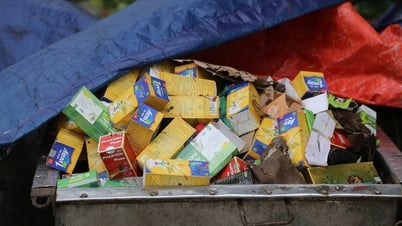



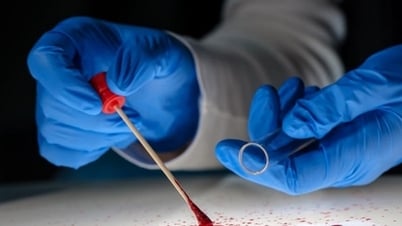

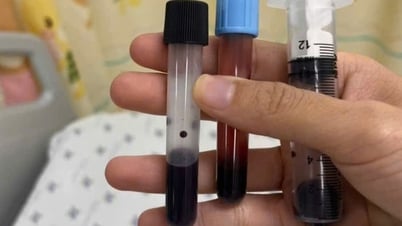

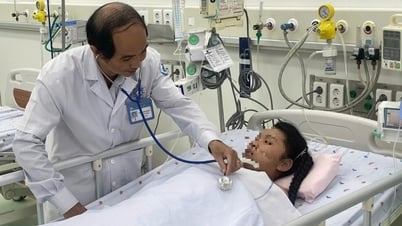






























































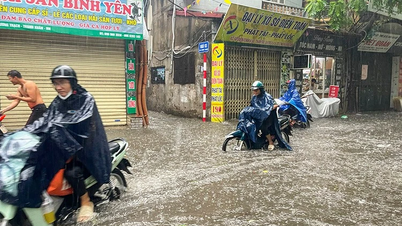

















Comment (0)